Can You Use Ethernet and Wi-Fi at the Same Time?
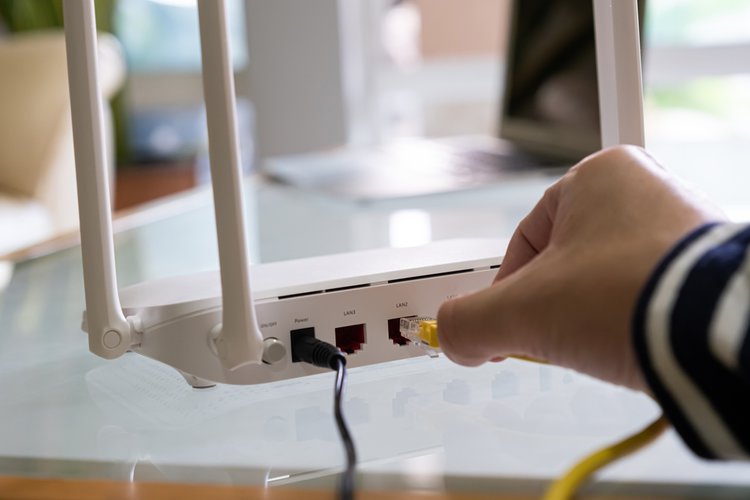
What To Know
- It’s possible to use Wi-Fi and Ethernet at the same time on a device, particularly modern PCs and laptops that have multiple network adapters.
- Devices usually prioritize Ethernet over Wi-Fi due to its reliability and speed. The simultaneous use doesn’t inherently increase internet speed unless each connection comes from a different ISP/router
- Using both connections can increase stability, automatically switching to a secondary connection if the primary fails.
This article explains the benefits of using WiFi and Ethernet simultaneously. If you want to learn how it works, let’s dive right in!
Quick Navigation
- Can I Use Wifi and Ethernet Together?
- Is There Any Priority While Using Ethernet and Wi-Fi Simultaneously?
- What Will Happen When You Use Ethernet and Wi-Fi at the Same Time?
- Would it Be More Stable if I Use Ethernet and Wi-Fi Together?
- Can Macbooks Connect to Wi-Fi and Ethernet Simultaneously?
- Types Of Network Merging
- Network Bonding With Speedify
- FAQ
- Conclusion
Can I Use Wifi and Ethernet Together?
Yes, if you own a device with both connectivity options, you can use them together. In this section, we’ll explain how and why this is possible.
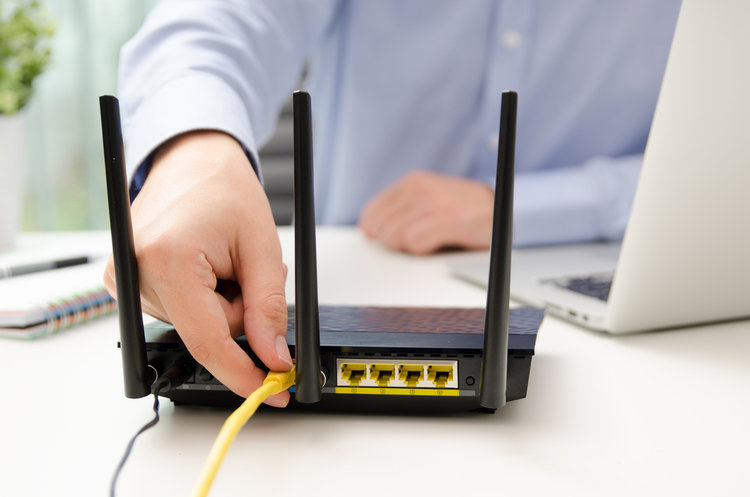
Wi-Fi is a wireless, non-physical connection between your internet-enabled device and a network router. It allows you to connect to the internet without network cables—you only have to be within the transmission range of your router.
Ethernet refers to the wired network connections involving network cables (i.e., CAT6 or CAT7 cables) and RJ-45 connector ports. In this case, physical cables transmit internet data from your router to connected devices.
While Ethernet is more dependable because it optimizes your ISP’s bandwidth, WiFi is becoming the more popular option.
Most modern home routers have a maximum of four ethernet ports, which means you can only connect four devices via network cables. However, your home router can technically support up to 250 WiFi connections—but to maximize performance, we advise that you keep the connections under 45.
Modern devices like smartphones and laptops have built-in Wi-Fi functionality. In addition to this, some also have Ethernet ports for wired networks.
Technically, you can plug in your Ethernet cable while the device is connected to WiFi. However, both connections will not work simultaneously unless the network adapters are configured to do so.
What is a Network Adapter?
A network adapter is an internal component of computers that regulates network communications. It allows them to connect with other computers or networking devices via LAN connections.
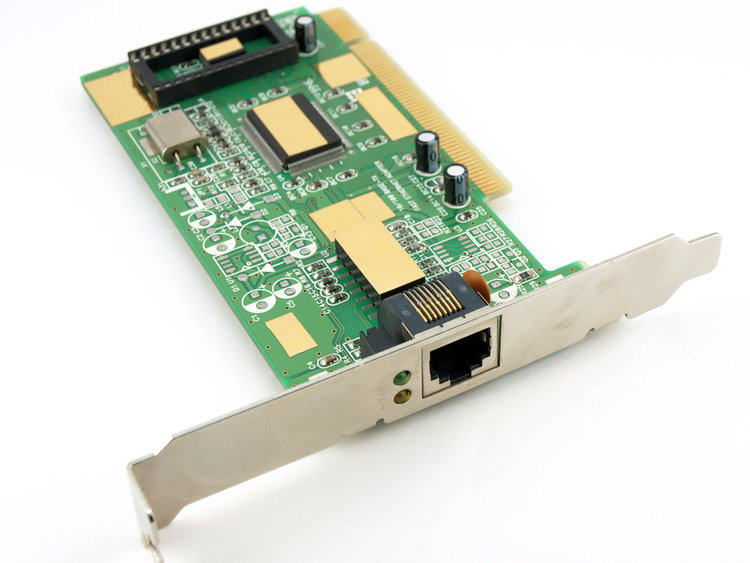
Network adapters are also called NICs (Network Interface Cards); they may support a wired or wireless interface. Most modern devices come with a wireless network adapter, but some still have two network adapters for wired and wireless connections.
If your computer supports both interfaces and you connect simultaneously, the computer will only use one adapter at a time. The second one will only kick in if the first one fails. Also, if your computer has a single NIC, you can install an external network adapter (wired or wireless) to allow you to connect simultaneously.
At this point, you’re probably wondering, “What’s the point of simultaneous connections if I can’t use both at the same time?” Well, you can! We’ll explain how in the subsequent sections.
Note: Using WiFi and Ethernet at the same time works better if each connection is coming from a different router. If both network cards are connected to the same router, the connections may cancel each other out and affect your internet speed.
Is There Any Priority While Using Ethernet and Wi-Fi Simultaneously?
When using both Ethernet and Wi-Fi connections simultaneously, there’s usually a priority set for which connection to use first. The device’s operating system determines this priority, but you can configure it from the network settings.
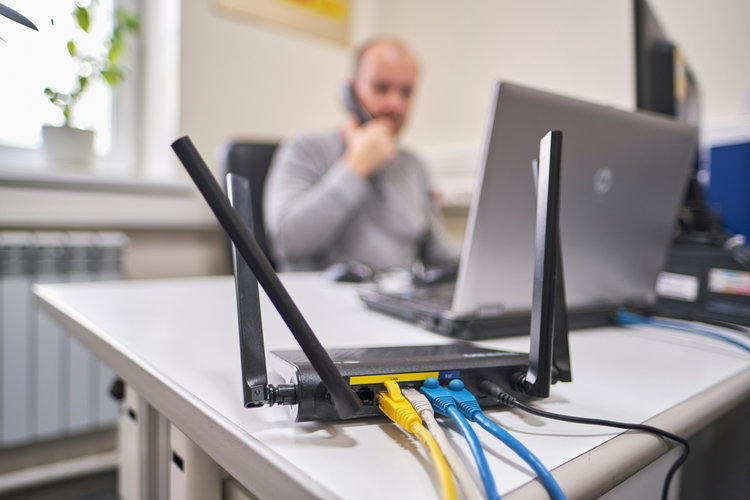
In most cases, devices prioritize the Ethernet connection over Wi-Fi. The physical connection between the internet and the device prevents issues like interference and signal degradation, which occur with Wi-Fi transmissions.
With Windows PCs, Microsoft’s metric system determines what network interface to prioritize. Ethernet is typically faster, so network traffic is directed over the Ethernet connection first–the device will only use Wi-Fi if the Ethernet connection becomes unavailable for any reason.
For instance, if you connect your laptop to 2.4 GHz WiFi and 5 Ghz Ethernet, it will prioritize the one with higher bandwidth. The priority metric works the same way if both connections are of the same type (i.e., Wi-Fi + Wi-Fi).
The good news is that you can reconfigure your system’s default settings to set your preferred connection as the priority packet (i.e., WiFi instead of Ethernet). You can also disable the priority function, allowing your computer to use both the WiFi and Ethernet adapters simultaneously.
What Will Happen When You Use Ethernet and Wi-Fi at the Same Time?
Now that you know it’s possible, you’re probably wondering about the benefits. What can you expect after configuring your device to use Ethernet and Wi-Fi at the same time?
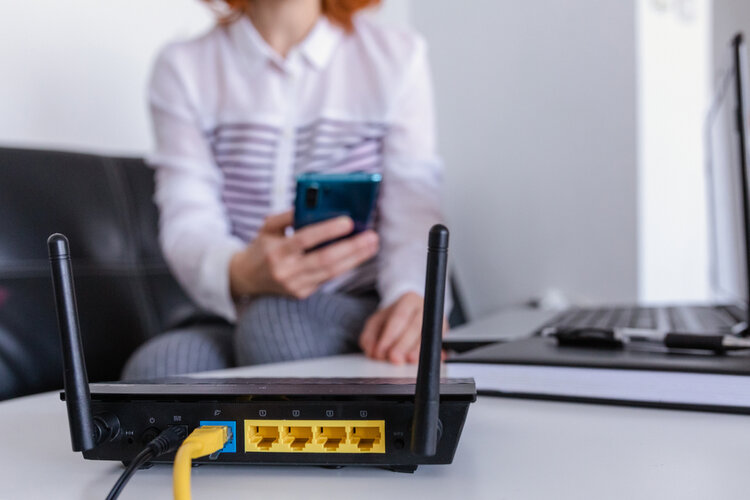
Super-connection? Super speed? Well, it depends on the source of both connections.
If both your connections are from the same ISP/router, you can use the simultaneous connection to access local servers (via Ethernet) and still stay connected to the internet (via Wi-Fi). However, you cannot merge both connections to increase your internet speed.
Another disadvantage is that the computer’s network monitoring metrics may record transmission from both connections as duplicate packers, which results in packet loss
On the other hand, if your device’s network adapters are connected to different ISPs/routers, you can merge the WiFi and Ethernet connections to increase internet speed. This merge combines the bandwidths of both connections in a process referred to as network bonding, bridging, or teaming.
By connecting to both WiFi and Ethernet, you can take advantage of the strengths of each connection type, increasing throughput and network performance on your device.
Would it Be More Stable if I Use Ethernet and Wi-Fi Together?
Yes, your internet connection will be more stable if you use Wi-Fi and Ethernet together.
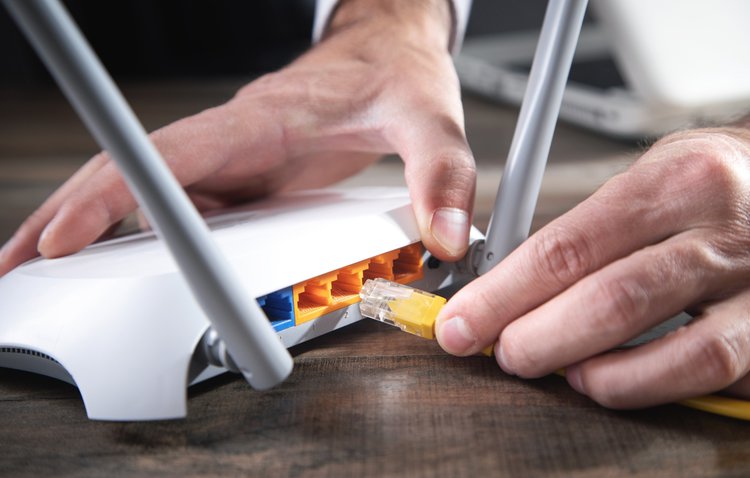
When the primary connection is available and functioning properly, network traffic is routed through that connection. If the primary connection becomes unavailable, the device automatically switches to the secondary connection.
Here, stability does not equal speed. Your internet speed may not increase, but the “backup” arrangement promotes redundancy. It ensures that the device remains connected to the network when one connection fails.
However, if you merge the Ethernet and Wi-Fi connections, your internet speed will increase. The quality of the merged internet connection depends on the signal strength and bandwidth of the individual connections.
Can Macbooks Connect to Wi-Fi and Ethernet Simultaneously?
Like Windows OS, MacOS can connect to Wi-Fi and Ethernet networks simultaneously. So, yes—your MacBook can use both at the same time.

However, only a few modern PCs and desktops have both WiFi and Ethernet network adapters built-in. You’ll find them among brands like Dell, HP, Lenovo, Asus, Acer, and Apple (MacBooks).
Many MacBook models don’t have built-in Ethernet NICs, but they can still install an external network adapter to use Ethernet.
Once multiple network connections are available, the MacBook will automatically switch between the connections based on the priority order in the network settings. VPN connections have the most priority and wired connections come next.
Types Of Network Merging
Depending on how you’d like your set-up to work, there are three ways to merge individual networks: Load Balancing, Network Merging and Failovers.
1. Failover
A failover setup provides a stable and reliable connection by switching to the secondary network(s) when the primary network fails for any reason.
This is the default when a device connects to two different networks at the same time. Your device prioritizes one of the networks as a primary connection route, but automatically switches to the other network should the primary connection fail.
2. Load Balancing
As the name implies, this setup spreads data traffic across the various connected internet sources.
This is done by transmitting data packets across multiple internet sources to access the internet. Each service provider handles different internet tasks collectively, guaranteeing an established and more reliable connection.
There might not be a significant increase in data speed while accessing the network on a single device. However, when multiple devices connect to the network, you’ll notice a healthy and relatively faster internet connection because data traffic is spread out across the internet sources.
3. Network Merging
This setup combines the individual speeds (bandwidth) of all the connected networks, merging each of them into one powerful faster network. In this case you’ll have faster internet speeds, but your devices will need help with this.
Combining the capabilities of multiple ISPs at once would require your device to sort and interpret dfferent incoming data packets at once. Since this task is impossible for your computer, you’ll need software (i.e., Speedify) to collect, interpret and transmit these data packets.
What is Speedify?
Speedify is an app that utilizes channel bonding technology to combine multiple internet sources into one faster and more reliable internet connection—under the security of a VPN connection.
Speedify is advantageous as it provides seamless failover, increased browsing security and, most of all, enhanced internet speed. Speedify also offers three channel bonding modes which can promote the speed and stability of your connection.
In speed mode, your data traffic is distributed equally over multiple internet sources, while in redundant mode, same data packets will be sent over all the available internet connections for network stability. Streaming mode (default) switches between the two main operation modes by combining the speed of multiple connections and switching to redundancy when it senses an unstable internet connection in any of the sources.
Speedify features some unique, relatively off-the-shelf components which can help reduce data usage and CPU load (jumbo MTU). It also provides an interface that lets you view your top connection speed and other performance-related statistics.
Network Bonding With Speedify
It’s pretty simple to combine individual networks with Speedify.
Once you have the app downloaded on your device (available on all devices), connect to your different internet sources and open the app. The user-friendly interface immediately shows the available (connected) networks and bonds them based on the selected mode.
For iOS and android operating systems, only a WiFi / Starlink + Cellular connection is possible. However, every possible combination is achievable on Linux, MacOS and PC.
If you experience any difficulty setting up your connections with Speedify, check out her help page for resources that suit your desired combination.
How to Bond WiFi + Ethernet on Windows and MacOS
Below is a simple breakdown of the required steps:
- Step 1: Connect the Ethernet cable to your router/modem, and then to your PC. Use a USB to Ethernet adapter if your device doesn’t have an Ethernet port.
- Step 2: Connect to another network via WiFi by enabling your WiFi connection and selecting a network.
- Step 3: Download/install Speedify and launch the app. Once running, the app automatically detects and merges all available networks. You may toggle a few settings to achieve your desired performance.
Enjoy!
Note: Speedify has certain features which some users find quite disagreeable.
It has options to disable or enable data encryption and bypass. It also is unable to access some streaming services like Hulu and Amazon Prime Video without compromising data security.
FAQ
How Do I Change the Network Service Order for My MacOS?
You can change the network priority order on your MacBook with the easy drag-and-drop process below:
- Step 1: Go to Apple menu > System Settings.
- Step 2: (Scroll down) Click on Network in the sidebar.
- Step 3: Click on the Action icon menu at the bottom.
- Step 4: From the drop-down menu, choose Set Service Order.
- Step 5: Drag the connected networks into your preferred order.
- Step 6: Click OK or Apply to confirm your changes.
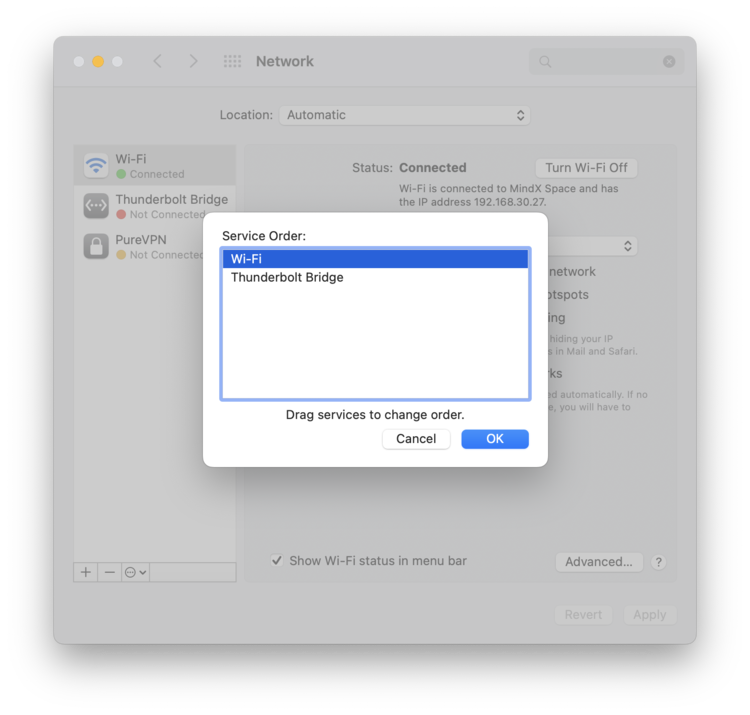
Note: The stepwise process may vary slightly depending on your Mac model.
Conclusion
You can use both Wi-Fi and Ethernet simultaneously to provide network redundancy and improved network performance. However, it’s important to note that your device’s OS may prioritize one connection type over the other.
Default priority settings do not always satisfy users’ intent for simultaneous connections, but you can change or disable the network priority order for your device. You can also merge multiple connections to enjoy faster internet.
Some devices have technical limitations or hardware compatibility issues that don’t allow them to connect to Wi-Fi and Ethernet simultaneously. If installing a network adapter doesn’t work, we recommend you consult a network administrator.
While using Wi-Fi and Ethernet can be beneficial, carefully consider the potential benefits and limitations before implementing such a setup.
Gabriella ‘Diogo is a technical writer with a vested interest in tech hardware and equipment. She shares her knowledge and processes in an easy-to-grasp, lighthearted style. When she’s not testing or researching device performance, you’ll find her writing short stories or rewatching episodes of her favorite sitcoms.

